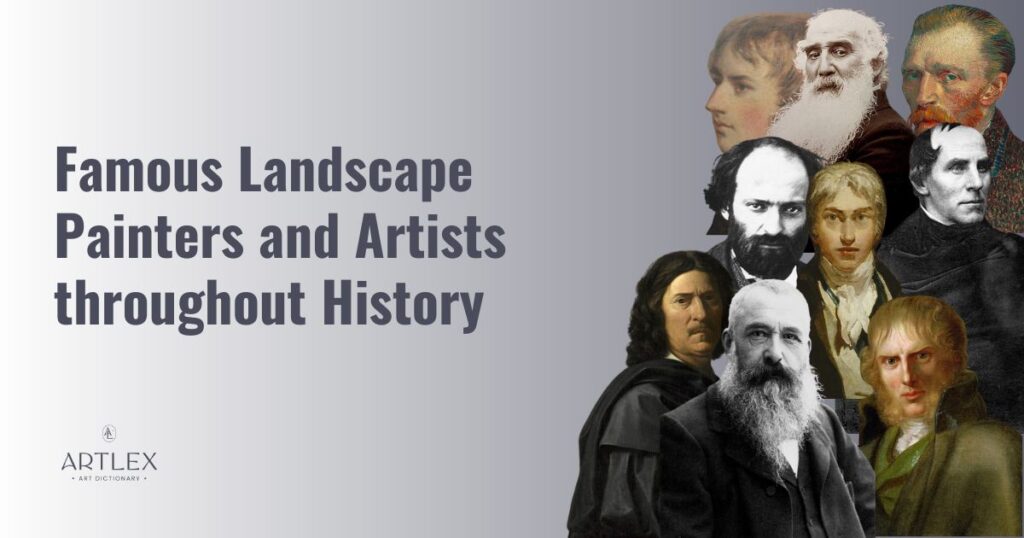
Landscape painting has captivated viewers and artists alike for centuries, drawing us into the beauty and tranquility of nature. We’ll explore famous landscape painters throughout history who have made an indelible mark on the art world with their extraordinary knack for capturing the natural beauty of our environment.
Famous landscape artists include the likes of Van Gogh, with “Starry Night” to Turner’s awe-inspiring seascapes. These famous landscape artists have given us a glimpse into the stunning tapestry that is our natural world.
1. Vincent Van Gogh
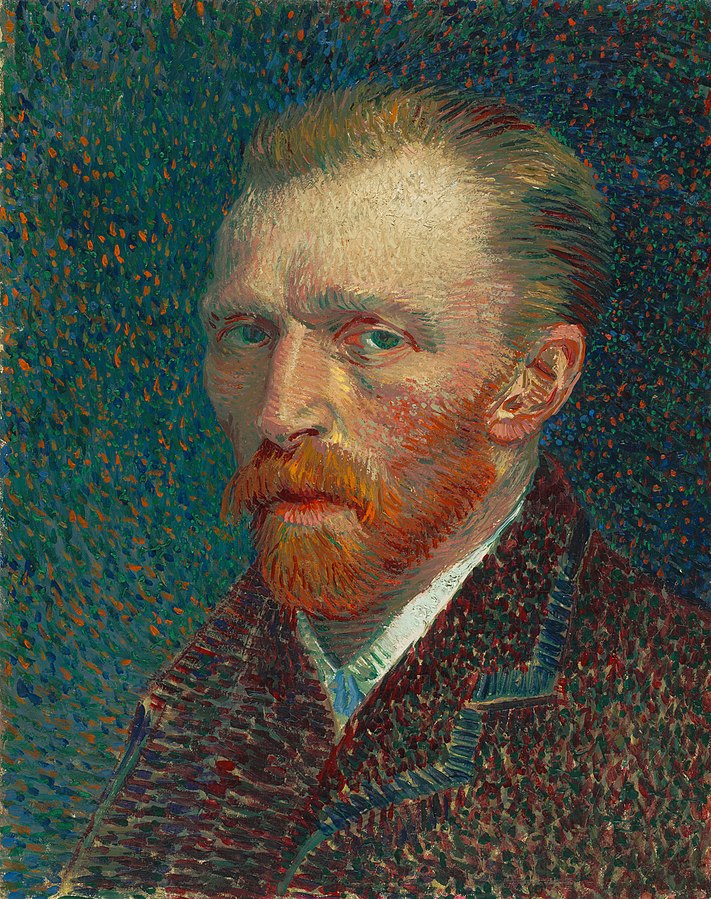
Birth year: 1853
Death year: 1890
City/Province of birth: Groot-Zundert, Netherlands
Art movement: Realism, Impressionism, Pointillism, Post-Impressionism
Notable characteristics/subject matter: known for his emotive style and vibrant use of color
Notable artwork: The Starry Night, Sunflowers
Vincent van Gogh stands as one of the most renowned landscape painters in art history, known for his post-impressionist style and vibrant use of color. Despite facing numerous personal challenges throughout his life, he was able to create a vast oeuvre that included not only landscapes but also still-lifes, portraits, and figures.
One notable example of the mastery of Vincent van Gogh as it relates to landscape painting is “Tormented Landscape,” which ranks among the most famous landscape paintings ever created. The piece vividly conveys emotion and turmoil through its bold brush strokes and dramatic hues – characteristics that have come to define much of Vincent van Gogh’s work.
Vincent Van Gogh had a distinctive approach to capturing natural scenes has left a lasting impact on the world of art.
2. John Constable
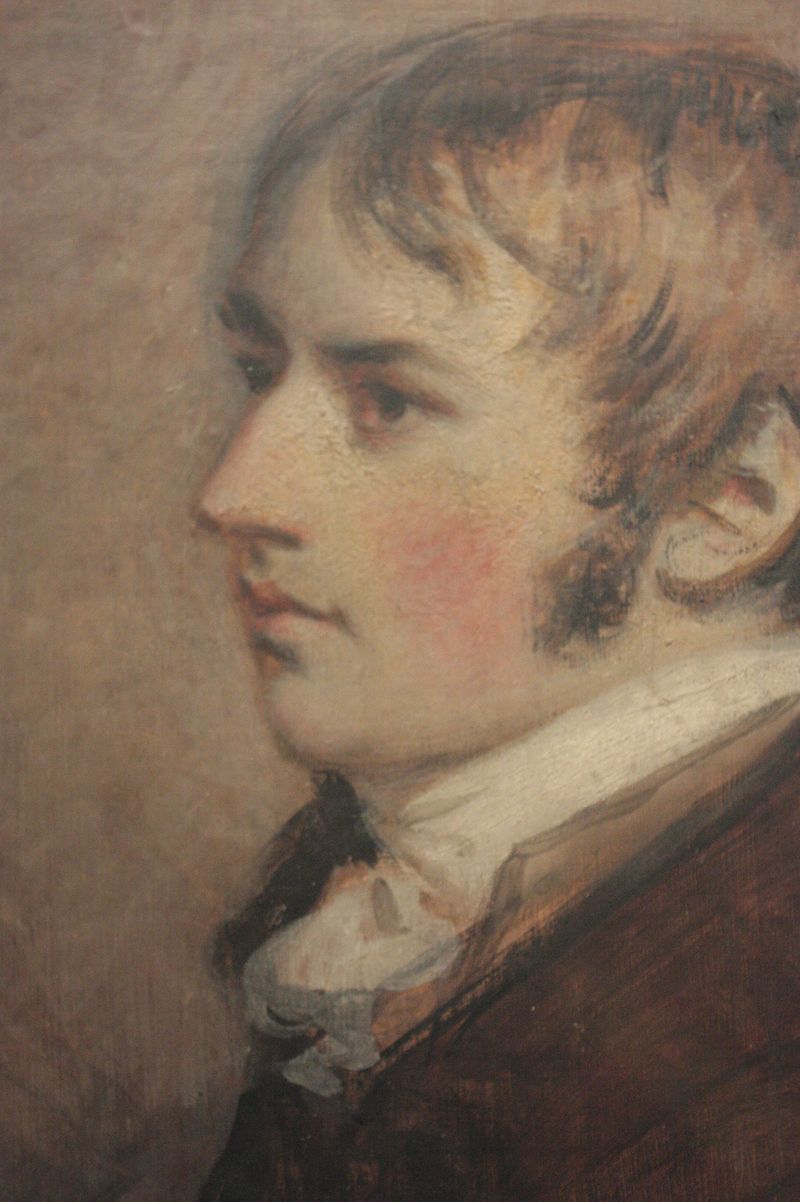
Birth year: 1776
Death year: 1837
City/Province of birth: East Bergholt, Suffolk, England
Art movement: Impressionism, Romanticism
Notable characteristics/subject matter: Landscape painting, particularly of the English countryside
Notable artwork: The Hay Wain, Dedham Vale
John Constable, a prolific English painter born in 1776, is considered one of history’s most accomplished landscape artists. Constable’s deep connection with the English countryside, where he grew up, is evident in his paintings, which typically showcase rural scenery and elements like lush fields, serene rivers, and changing skies.
One of Constable’s most famous works is “The Hay Wain,” a painting depicting a hay cart crossing a river amidst a tranquil rural scene. This work, exhibited at the Paris Salon in 1824, had a profound influence on the emerging French Romantic and Realist painters, including Eugene Delacroix.
Unlike his contemporaries who often idealized nature, Constable endeavored to depict landscapes as he saw them, with their variations in weather and lighting. Despite initial criticism and lack of recognition in his home country during his lifetime, his work was much appreciated in France, influencing the Barbizon School and the subsequent Impressionist movement.
3. J.M.W. Turner
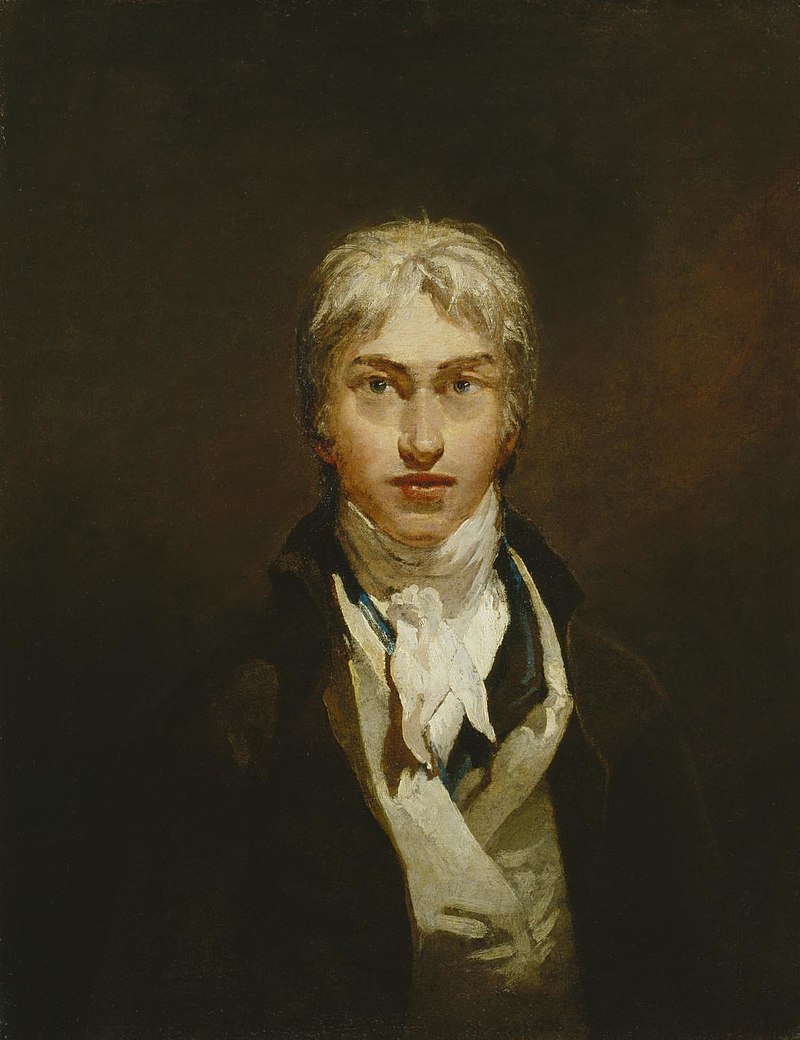
Birth year: 1775
Death year: 1851
City/Province of birth: London, England
Art movement: Romanticism
Notable characteristics/subject matter: known for his atmospheric seascapes and landscapes
Notable artwork: The Fighting Temeraire, Rain, Steam and Speed – The Great Western Railway
J. M. W. Turner, a highly renowned artist and one of the most famous landscape painters in history, significantly influenced the art world with his innovative approach to landscape painting.
Born in 1775, this English Romantic painter captured breathtaking scenes that showcased natural elements such as turbulent seas, stormy skies, and vibrant sunsets like no other artist before him.
Turner’s mastery is displayed in some of his most famous landscape paintings such as “The Fighting Temeraire” and “Rain, Steam, and Speed.” Exploring themes of nature’s raw power contrasted with humanity’s small place within it made Turner a standout among other artists during his time.
4. Claude Monet
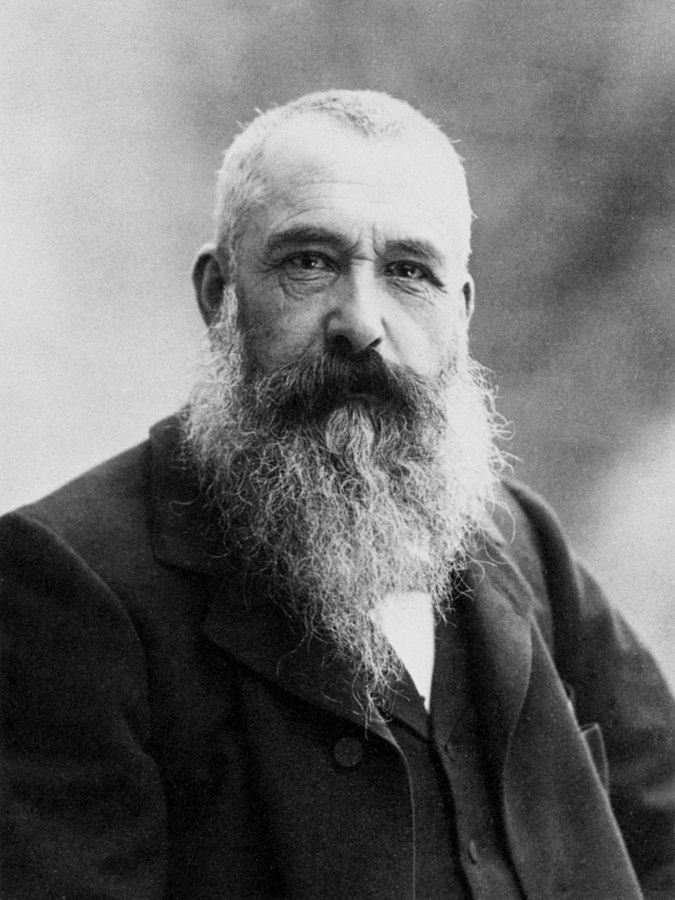
Birth year: 1840
Death year: 1926
City/Province of birth: Paris, France
Art movement: Impressionism
Notable characteristics/subject matter: known for his studies of light and color in natural settings
Notable artwork: Water Lilies, Impression, Sunrise
Claude Monet, a pioneer in the art world, is widely regarded as one of the most influential landscape painters in history. Born in 1840, he was a founding member of the French Impressionist movement and played a crucial role in shaping modern art through his innovative approach to painting.
Throughout his long career, Monet consistently focused on capturing scenes from nature. Some of his most famous landscape paintings include “Impression, Sunrise,” which portrayed a serene moment at sunrise over Le Havre harbor and gave rise to the term “impressionism.” This painting was exhibited during the first Impressionist exhibition held in 1874 where it caused quite a stir among critics and collectors alike.
5. Caspar David Friedrich
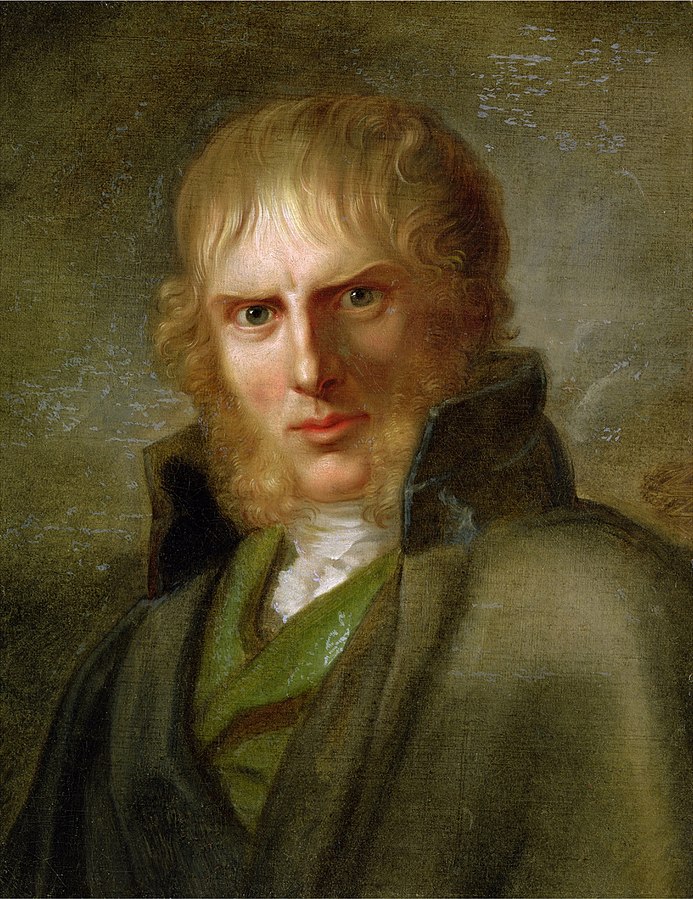
Birth year: 1774
Death year: 1840
City/Province of birth: Greifswald, Swedish Pomerania (now Germany)
Art movement: Romanticism
Notable characteristics/subject matter: known for his contemplative landscapes expressing spiritual themes
Notable artwork: Wanderer above the Sea of Fog, The Sea of Ice
Caspar David Friedrich was a German painter who is regarded as one of the most innovative landscape painters in history. He infused his artworks with deep religious and spiritual meaning, which elevated the genre of landscape painting to a new level.
Friedrich’s works often depicted landscapes that were associated with religious themes such as crosses and monasteries. But he went beyond this by exploring human emotions in his paintings, making them more than just simple depictions of nature. One example is his painting “The Wanderer above the Sea of Fog,” which shows a lone figure standing atop a rocky outcropping overlooking the mist-filled valley below.
6. Thomas Cole
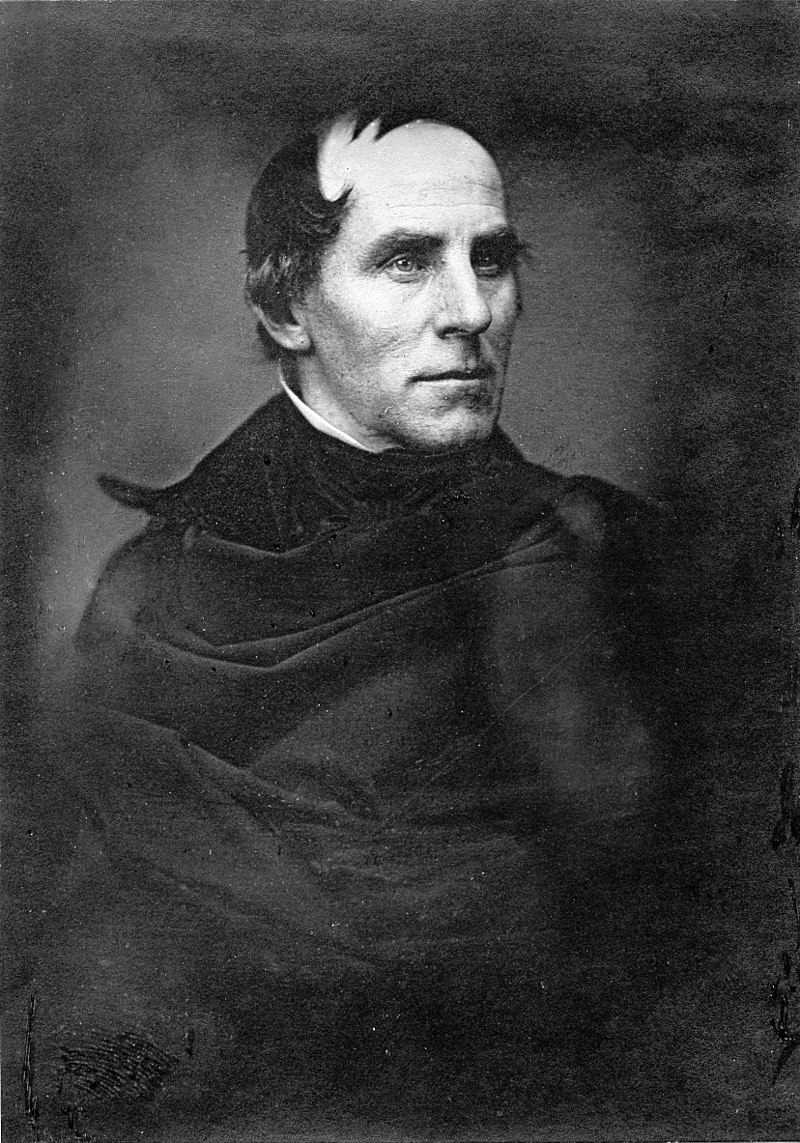
Birth year: 1801
Death year: 1848
City/Province of birth: Bolton, Lancashire, England
Art movement: Hudson River School (Founder), Romanticism
Notable characteristics/subject matter: Landscape painting
Notable artwork: The Oxbow, The Course of Empire
Thomas Cole is considered the founding father of American landscape painting, known for his romantic depictions of nature and landscapes. Born in Bolton-le-Moors, Lancashire, England in 1801, he migrated to America at a young age and became one of the most significant painters of his time.
One particularly noteworthy example is The Ox-Bow (1846), which resulted from pencil studies he made during a visit to Massachusetts. It showcases the vastness and beauty of nature while also incorporating an important social message about humane treatment towards animals.
Cole’s innovative approach led him to be widely regarded as one of America’s most distinguished landscape artists.
7. Paul Cézanne
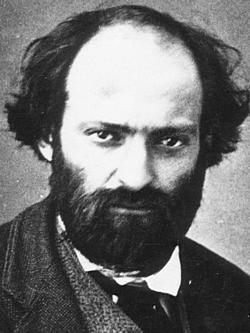
Birth year: 1839
Death year: 1906
City/Province of birth: Aix-en-Provence, France
Art movement: Post-Impressionism
Notable characteristics/subject matter: known for his innovative approach to form and perspective
Notable artwork: The Card Players, Mont Sainte-Victoire
Paul Cézanne’s stunning landscape paintings depicted mountains, quarries, fields, and coastlines in Provence. Considered one of the greatest Post-Impressionist painters, his work has inspired generations of artists.
His masterful still lifes, landscapes, and portraits are recognized for their ineffable alchemy. For instance, his painting “Mont Sainte-Victoire” showcases the artist’s unique style and bold use of color.
8. Pieter Bruegel The Elder
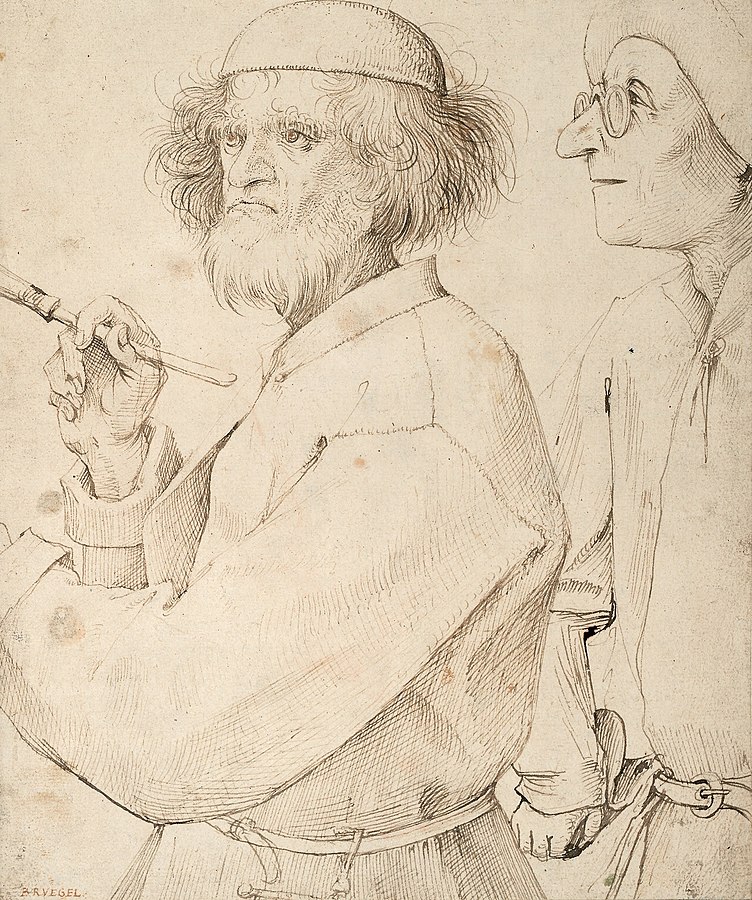
Birth year: circa 1525
Death year: 1569
City/Province of birth: Breda, Duchy of Brabant, Habsburg Netherlands
Art movement: Renaissance
Notable characteristics/subject matter: Landscape and genre painting, known for his depictions of peasant scenes
Notable artwork: The Hunters in the Snow, The Tower of Babel
Pieter Bruegel the Elder was a prominent artist of Dutch and Flemish Renaissance painting. He is widely regarded as one of the greatest landscape painters of the 16th century, known for his intricate depictions of rural life, religion, and superstition.
Bruegel’s art provides us with an insightful glimpse into human nature and society during his time. One notable example is his famous painting “Hunters in the Snow,” which portrays men returning from a hunt in cold weather.
9. Camille Pissarro
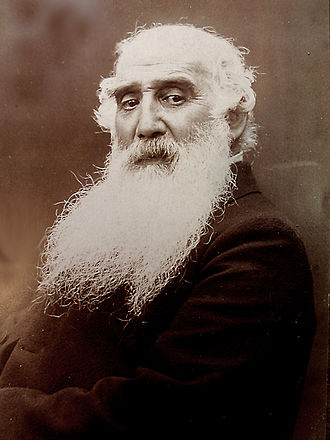
Birth year: 1830
Death year: 1903
City/Province of birth: Charlotte Amalie, St. Thomas, Danish West Indies
Art movement: Impressionism, Post-Impressionism
Notable characteristics/subject matter: known for rural and urban French landscapes
Notable artwork: Boulevard Montmartre at Night, The Côte des Bœufs at L’Hermitage
Camille Pissarro was a famous Impressionist and Neo-Impressionist painter, born on the Caribbean island of St. Thomas in 1830. He started his painting career in the mid-1800s and was greatly influenced by Realist painter Gustave Courbet and French landscape painter, Jean-Baptiste-Camille Corot.
Pissarro is renowned for painting rural and urban French life and landscapes around Pontoise, as well as scenes from Montmartre. His mature work displays an intricate use of color and composition that makes it stand out.
10. Albert Bierstadt

Birth year: 1830
Death year: 1902
City/Province of birth: Solingen, Kingdom of Prussia
Art movement: Hudson River School
Notable characteristics/subject matter: Landscape painting, part of the Hudson River School, known for his large-scale depictions of the American West
Notable artwork: Among the Sierra Nevada, California, The Rocky Mountains, Lander’s Peak
Albert Bierstadt was a prominent German-American painter known for his breathtaking panoramic paintings of the American West. With superior technical skills and considerable experience in landscape painting, he established himself as a key competitor to other famous landscape painters of his time, such as Frederic Edwin Church.
One of Bierstadt’s most famous paintings is “The Rocky Mountains, Lander’s Peak.” This massive canvas painting depicts a majestic mountain range rising into the sky, complete with snowy peaks, verdant forests, and rushing streams.
11. Nicolas Poussin
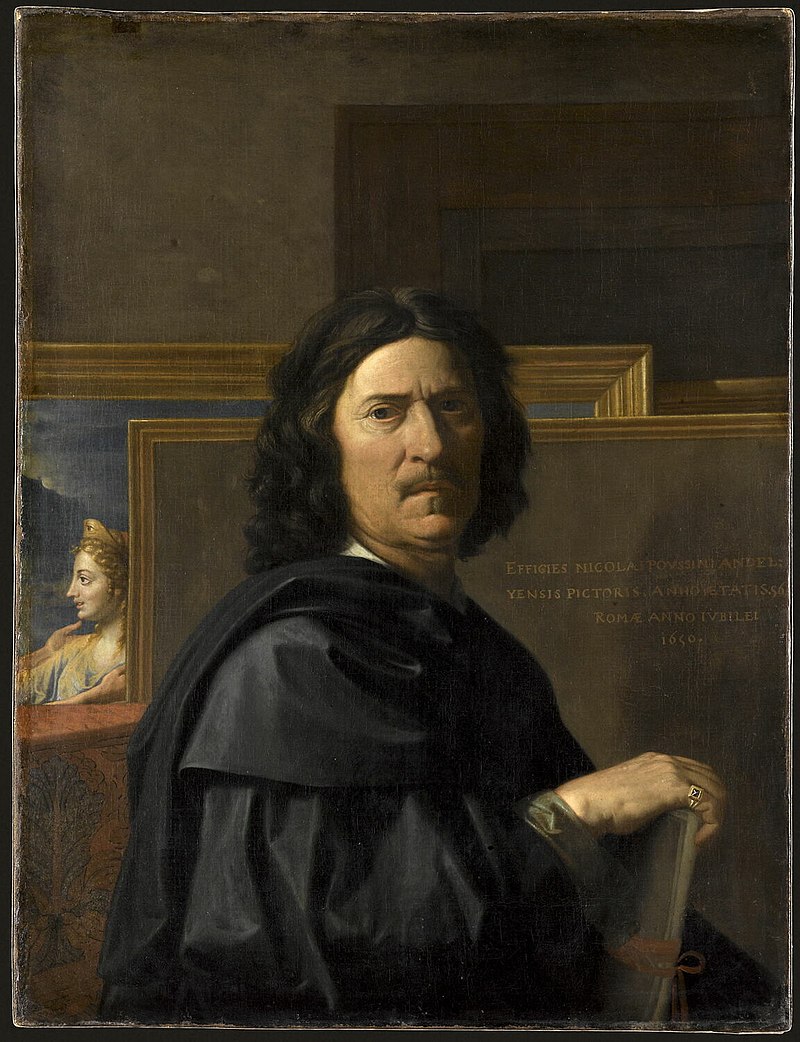
Birth year: 1594
Death year: 1665
City/Province of birth: Near Les Andelys, Normandy, France
Art movement: Baroque, Classical
Notable characteristics/subject matter: Classical style, known for his historical and biblical scenes
Notable artwork: The Ashes of Phocion, Et in Arcadia ego
Nicolas Poussin was a French painter born in Les Andelys, Normandy in 1594 and active in Paris from 1612 to 1623. Like many European artists of his generation, he was drawn to Rome where he practiced classical treatment of scenes from the Bible, history, and mythology in his Baroque paintings.
Poussin’s landscape paintings became a cornerstone of the Classical landscape tradition. He was one of its greatest innovators and considered a master at combining biblical or mythological themes within naturalistic settings.
12. David Hockney
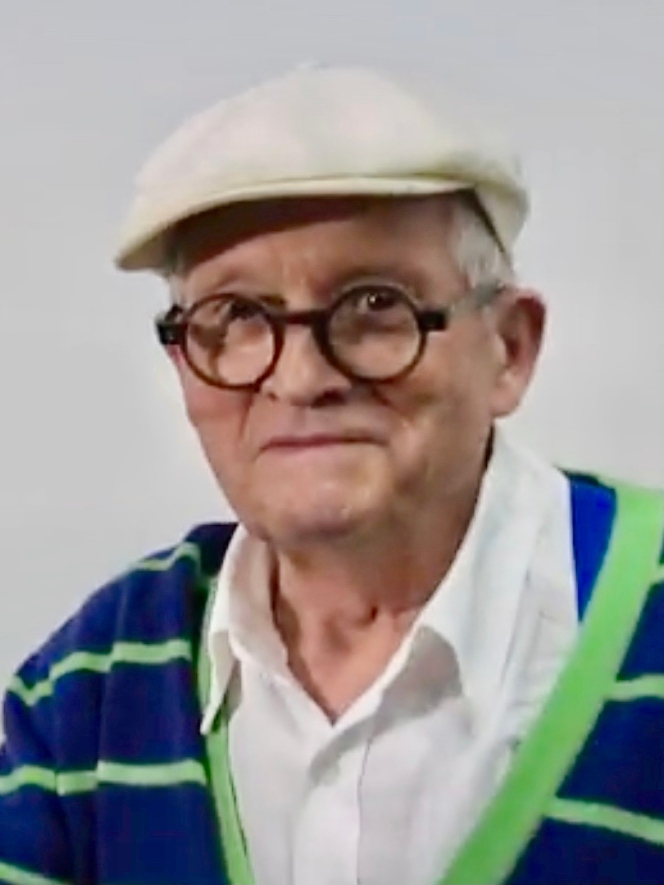
Birth year: 1937
City/Province of birth: Bradford, England
Art movement: Pop-Art, Post-Modernism
Notable characteristics/subject matter: known for his vibrant landscapes and portraits
Notable artwork: A Bigger Splash, Portrait of an Artist (Pool with Two Figures)
David Hockney, born in 1937, is a British artist who has gained recognition for his unique style combining bright colors and inclusion of multiple perspectives. Though he’s known for painting portraits and still life as well, Hockney has also made notable contributions to the landscape genre.
In fact, one of his most famous works is a series called “The Arrival of Spring in Woldgate”, which depicts the changing seasons from various angles along a specific road in England.
Hockney frequently employs vibrant colors and distorted shapes to convey his perspective of the natural world and create unique landscapes that blur traditional boundaries between realism and abstraction.
13. Frederic Edwin Church
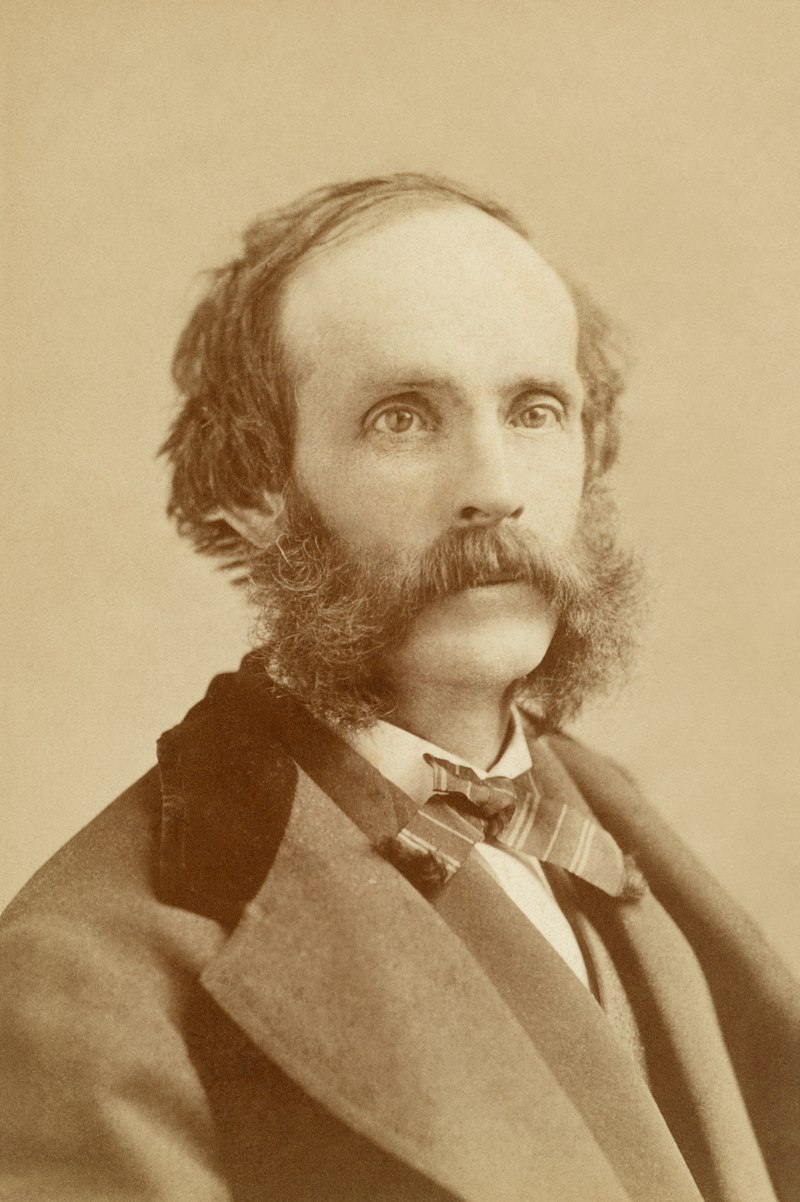
Birth year: 1826
Death year: 1900
City/Province of birth: Hartford, Connecticut, United States
Art movement: Hudson River School
Notable characteristics/subject matter: Landscape painting, part of the Hudson River School, known for his detailed and dramatic landscapes
Notable artwork: The Heart of the Andes, Niagara
Frederic Edwin Church was a famous American landscape painter and a prominent member of the Hudson River School. He studied under Thomas Cole, another influential landscape artist, and quickly gained recognition for his detailed depictions of mountains and other natural wonders.
One of Church’s most famous paintings is “The Heart of the Andes,” which portrays a scene from his travels to South America in 1853.
14. Canaletto
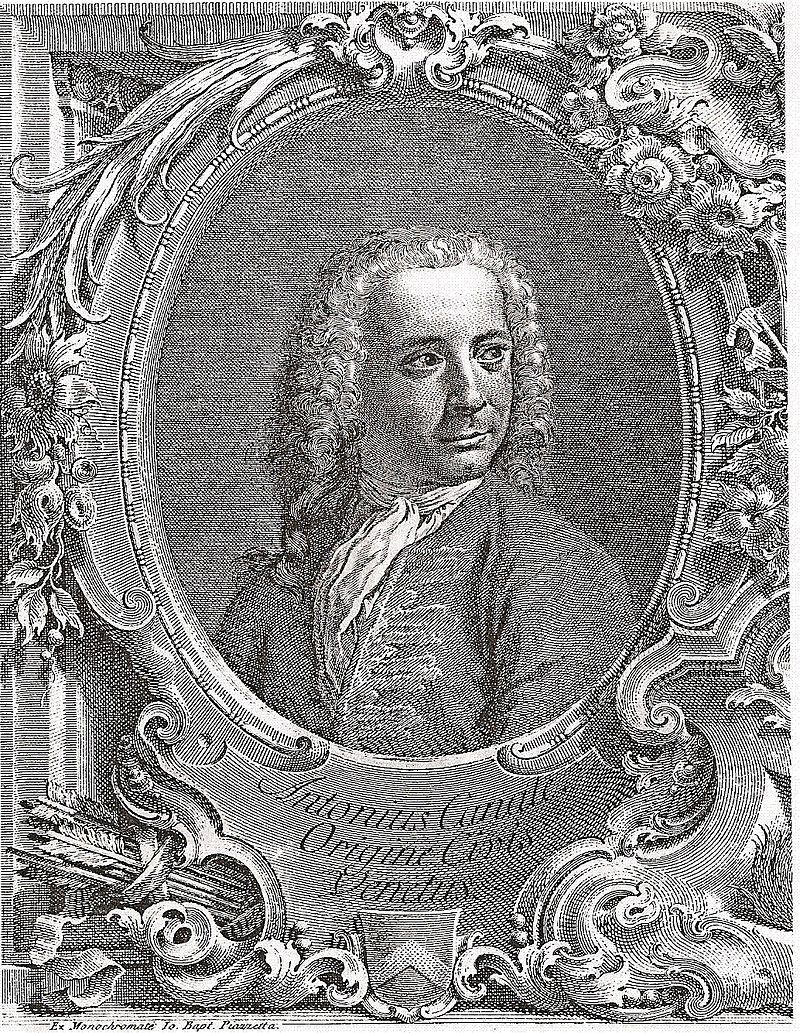
Birth year: 1697
Death year: 1768
City/Province of birth: Venice, Republic of Venice
Art movement: Baroque
Notable characteristics/subject matter: Landscape painting and printmaking, known for his detailed city views or vedute
Notable artwork: The Grand Canal in Venice from Palazzo Flangini to Campo San Marcuola, The Entrance to the Grand Canal, Venice
Another famous landscape painter is Canaletto, an Italian artist known for his precise and vivid urban landscapes of Venice, Rome, and London. Born in 1697 as the son of a theatrical scene painter in Venice, Canaletto was considered one of the greatest vedutisti (painters of urban landscapes) during the 18th century.
Canaletto’s scenes depicting 18th-century Venice are regarded as some of his best work as he executed them accurately and precisely. His ability to combine natural elements and architectural designs made him stand out among other artists.
15. André Derain
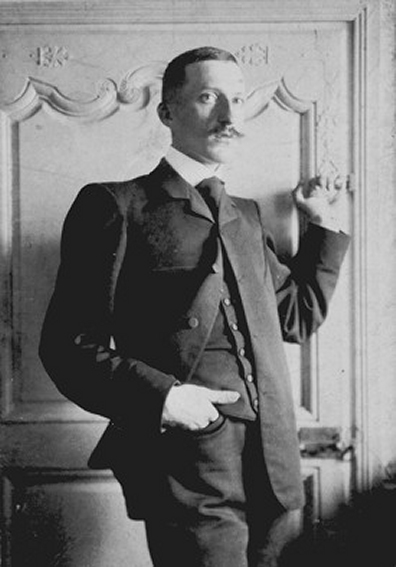
Birth year: 1880
Death year: 1954
City/Province of birth: Chatou, Yvelines, Île-de-France, France
Art movement: Cubism, Fauvism
Notable characteristics/subject matter: known for his innovative use of color and form
Notable artwork: The Dance, The Turning Road, L’Estaque
André Derain was a pioneering French landscape artist who co-founded the Fauvism movement with Henri Matisse in the early 20th century. His paintings were known for their intense colors and simplified, decorative forms, which challenged traditional academic conventions of art at the time.
Born in 1880, André Derain studied at both the Camillo Academy and Julian Academy before launching his career as a sculptor, painter, and artist. He went on to become one of France’s most celebrated artists of his generation, influencing future generations of painters through his contributions to Fauvism.
Derain’s pioneering work remains an important part of Western art history due to its bold use of color and rejection conventional portrayals in favor highly stylized landscapes which celebrated compositional power over naturalistic representation.
16. Georgia O’Keeffe
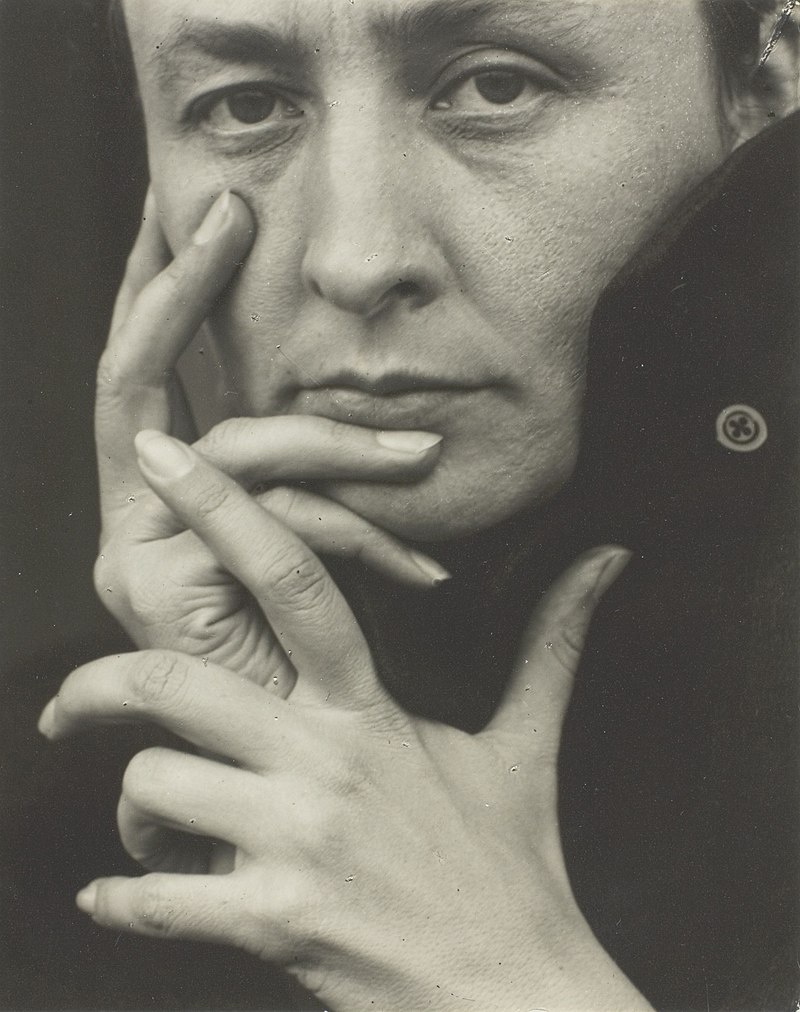
Birth year: 1887
Death year: 1986
City/Province of birth: Town of Sun Prairie, Wisconsin, United States
Art movement: Modernism
Notable characteristics/subject matter: known for her paintings of enlarged flowers, New York skyscrapers, and New Mexico landscapes
Notable artwork: Black Iris, Sky Above Clouds IV
Georgia O’Keeffe was a renowned American artist born in Wisconsin, known for her contribution to modern art. She is considered one of the most significant artists of the 20th century and played a crucial role in shaping American art. She is easily one of the most famous landscape artists.
O’Keeffe’s love for nature can be seen through her work as she painted many natural landscapes with vibrant colors that showed an appreciation for the natural world around us.
One example of this is her painting ‘The Black Place II’, which depicts a remote area near her home in New Mexico.
17. Henri Rousseau
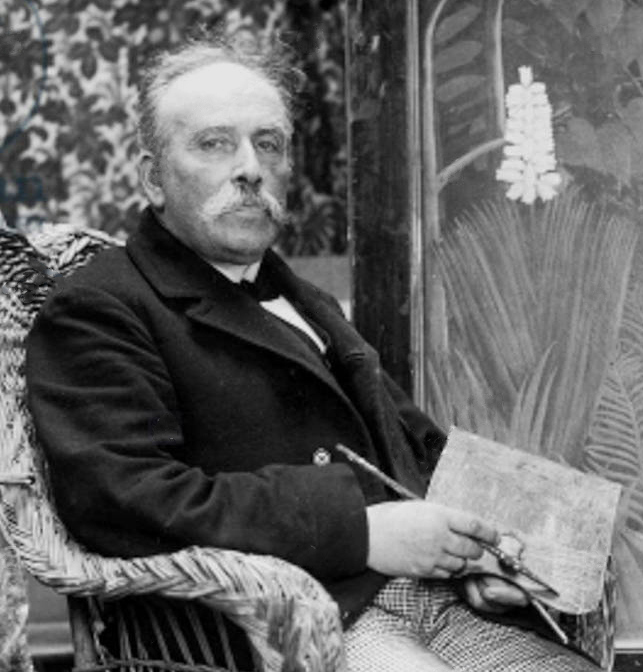
Birth year: 1844
Death year: 1910
City/Province of birth: Laval, Mayenne, France
Art movement: Post-Impressionism
Notable characteristics/subject matter: known for his self-taught style and vivid, dream-like jungle scenes
Notable artwork: The Sleeping Gypsy, The Dream
Henri Rousseau was a French artist who was known for his unique style of painting traditional genres such as landscapes. Despite being self-taught, his work earned him respect and admiration as a naive artist.
Rousseau’s life started out in poverty and he spent much of it working as a toll collector before becoming an artist. He is said to have been inspired by the natural world around him, which makes sense given how many of his works depict lush forests and wild animals.
Towards the end of his life, Rousseau focused primarily on painting exotic landscapes such as “The Hungry Lion”. While not among the most famous landscape artists, Henri did achieve a legacy as a Post-Impressionist painter.
18. Jean-Baptiste-Camille Corot
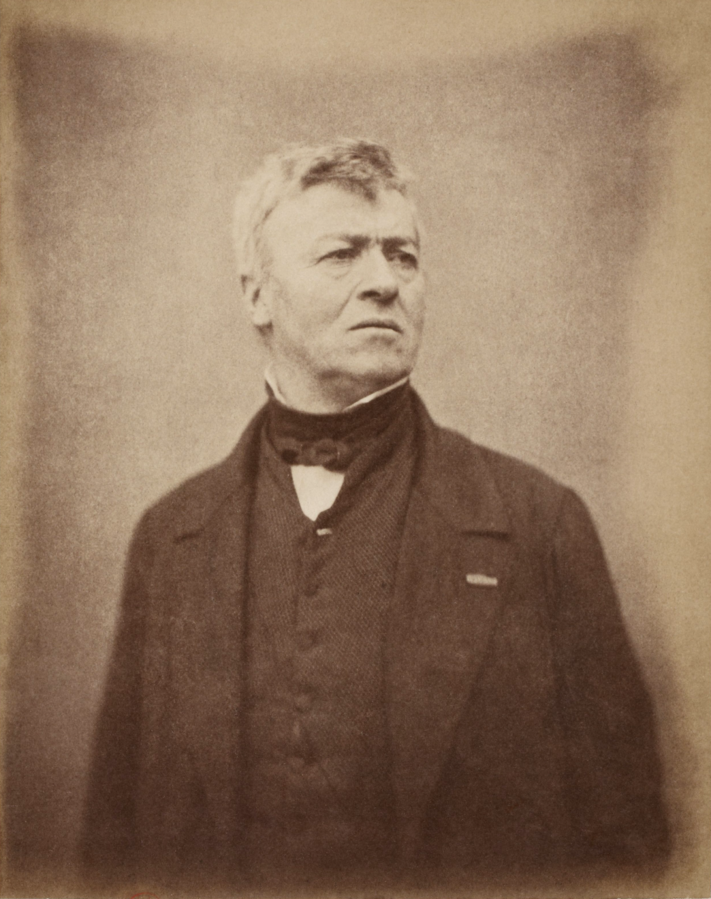
Birth year: 1796
Death year: 1875
City/Province of birth: Paris, France
Art movement: Impressionism, Post-Impressionism, Neoclassical
Notable characteristics/subject matter: Landscape and portrait painting
Notable artwork: The Bridge at Narni, Souvenir of Mortefontaine
Jean-Baptiste-Camille Corot was a 19th-century French painter who became famous for his renowned landscape paintings. His unique portrayal of light on the landscapes served as a major influence on later art movements, including Impressionism.
One of his most popular works is a painting that depicts the Forest of Fontainebleau in central France with cows and a distant cowherd. This piece exemplifies Corot’s ability to represent the natural world in an entirely new way, capturing its beauty while also giving it depth and texture.
19. Jacob Van Ruisdael
Birth year: 1629
Death year: 1682
City/Province of birth: Haarlem, Dutch Republic
Art movement: Baroque
Notable characteristics/subject matter: considered one of the greatest landscape artists of the Dutch Golden Age
Notable artwork: View of Haarlem with Bleaching Grounds, Wheat Fields
Jacob van Ruisdael was a renowned Dutch painter from the Golden Age of painting. He is considered to be one of the most influential and greatest landscape painters of the seventeenth century, inspiring many European artists with his finest works.
One famous work by Ruisdael that captures his masterful use of light and shadow is “The Jewish Cemetery”. The eerie scene shows an overcast sky overlooking a cemetery where tombstones stand out against the dark green trees surrounding it.
20. Asher Brown Durand
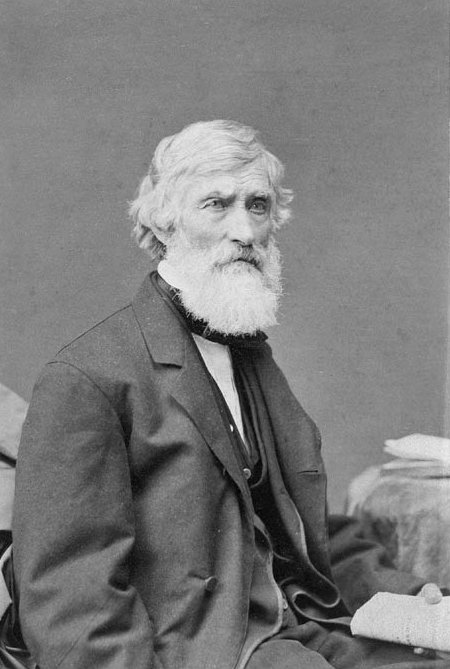
Birth year: 1796
Death year: 1886
City/Province of birth: Jefferson Village, New Jersey, United States
Art movement: Hudson River School
Notable characteristics/subject matter: Landscape painting
Notable artwork: Kindred Spirits, Progress (The Advance of Civilization)
Asher Brown Durand was an American landscape painter who lived from 1796 to 1886. He was a prominent member of the Hudson River School, a group of American painters who focused on depicting landscapes in a realistic and detailed manner.
One of his most famous works is “Kindred Spirits,” which he painted in memory of Thomas Cole, another prominent member of the Hudson River School.
Durand was known for being one of the earliest American painters to work outdoors from nature, which is also known as en plein air painting. In addition to his skills as a painter, Durand was also a writer and art critic.
Conclusion
The world of landscape art is vast and diverse, spanning across different eras and continents. While art historians muse over the work of Vincent Van Gogh, the less appreciated likes of famous artists like John Constable are equally breathtaking in their rendering of natural beauty.
By studying predominantly painted landscapes, many famous landscape artists developed styles of their own — or went on to forge more monumental artistic movements. Through oil paintings of even the most seemingly mundane pastoral landscape, we can gain a greater appreciation for this art form and its ability to capture the essence of our natural world.
